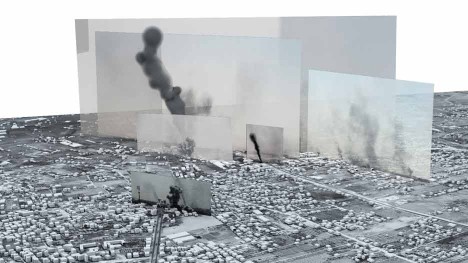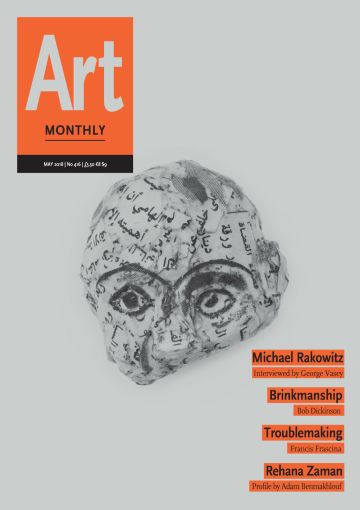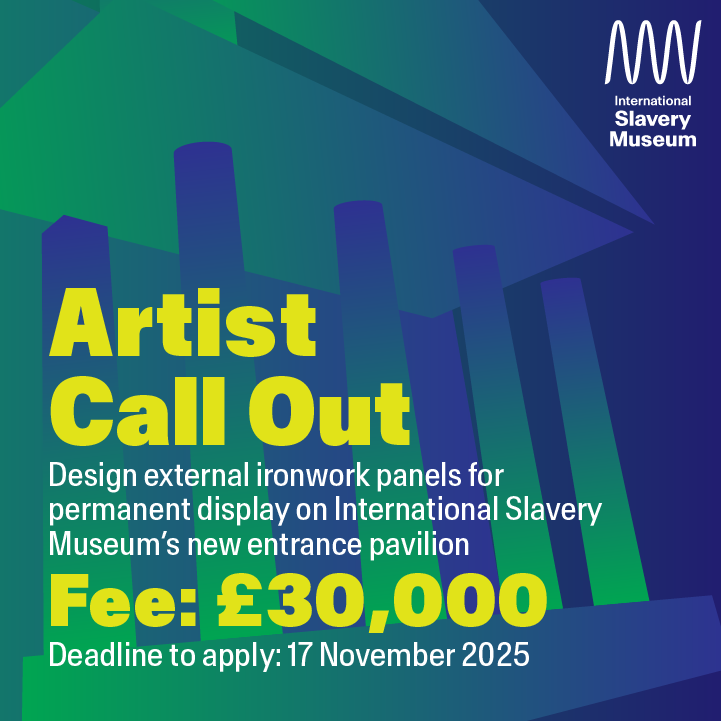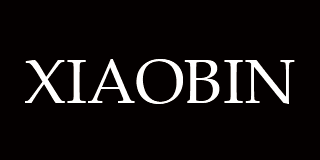Review
Forensic Architecture: Counter Investigations
Maria Walsh reviews the group’s ICA exhibition

Forensic Architecture Rafah 2015
‘Counter Investigations’ is more than just an exhibition of the work of Forensic Architecture, a team of architects, investigative journalists, cartographers, remote sensing specialists, filmmakers, artists and scientists based at Goldsmiths, University of London, who, since 2010, undertake cartographic architectural and media research on behalf of international prosecutors and human-rights organisations. It is also a pedagogical course comprising five seminars – Counter Forensics, Forensic Aesthetics, Operative Models, The Image- Data Complex and The Architecture of Memory – the content of which is printed large-scale on each of the five bays that flank the ICA’s concourse gallery.
The concourse gallery itself is taken up with the investigation The Murder of Halit Yozgat, Kassel, Germany, 6 April 2006 (Investigation 2016-). In terms of exhibition-making, the presentation of this investigation was more involving than some of the other ten investigations on display. Given a choice to labour and/or glance, viewers can take in elements of the case by following the large-scale diagram, a flow chart of sorts made specially for the exhibition that runs the length of the gallery. Timelines in red and grey, both dark and light, map out the stages in the investigation into the killing of this Turkish 21-year old in his family-run internet cafe, the ninth of ten racist murders committed in Germany between 2000 and 2007 by a neo-Nazi group, the National Socialist Underground. A floorplan of the cafe is delineated in graphic white lines on black, transforming the gallery floor into a crime scene familiar from CSI-type detective TV shows. Its purpose, in conjunction with the 3D model of the cafe that Forensic Architecture constructed and which is shown on two sets of videos in the space, is to establish whether Andreas Temme, an agent of the German domestic intelligence service, who was at the cafe at the time, saw the murder, contrary to his initially state-backed claims that he did not. Giving the video triptych 77sqm_9:26min an air of realistic authenticity, leaked footage of a police re-enactment by Temme of his leaving the cafe is presented along with the results of audio and visual data analyses, to determine the odorous and sonic reach of the gunshot, Temme’s time of exit and his line of vision. A barrage of facts are delivered by a seemingly objective male voice-over as speedily as the heat-sensitive mapping of the gunshot residue clouds that fill the computer-aided drawing of the cafe’s structure.
A less bombarding entry into the investigation is provided by the material presented along the shelf spanning the diagram. A viewer can read the documents and letters, as well as view relevant news footage and other material at a pace that conveys a sense of the drama – Forensic Architecture’s report was initially rejected by the courts and then readmitted – but also gives the viewer some autonomy in their attempt to absorb the intricacies of the case, which is important if this cultural forum is to be of value. The other four forums listed on the diagram in which Forensic Architecture present their research are the legal, the political, civil society and the media. A previous presentation of this investigation at Documenta 14 led to the group being invited to present their evidence, which implies a link between the state and the NSU, in court, the cultural forum there having great impact due to its proximity to the location of the crime, whereas at the ICA the sense of a showcase dominated, albeit that each seminar event was followed by a practice-based workshop run by different Forensic Architecture members. I found those I attended to be invaluable in returning Forensic Architecture’s collaborative labour of looking and listening to what, in the gallery, often seems like technological wizardry combined with the objective voice-overs long questioned in documentary aesthetics. This would not be an issue were it not for the fact that what is being mapped by the image network are singular necropolitical deaths. For example, Drone Strike in Miranshah, North Waziristan, 30 March 2012 (Investigation 2013- 2016), shows footage shot in Miranshah recording 43 seconds of the aftermath of a drone strike. Forensic Architecture analysed this smuggled out, publicly broadcast footage frame-by-frame to confirm that four innocent civilians had indeed been killed in the strike, but the video only presents us with the highlights: a visual of the missile type; a digital zoom-in through the structure of the building in which the bomb exploded; a graphic rendering of the bomb’s puncture marks on the interior walls. As graphic lines indicate the shapes of the less punctured areas of wall, a female voice-over recounts that this is where the bodies were. We are moved on quickly, without being able to register the bomb/wall/human-shields interrelation.
Another case in point is The Killing of Nadeem Nawara and Mohammad Abu Daher, Beitunia, Palestine, Nakba Day: 15 May 2014 (Investigation 2014-15). The two Palestinian teenagers were shot dead by Israeli forces after a day of protests marking Nakba Day (the annual commemoration of the forced displacement of Palestinians in 1948). Forensic Architecture analysed the multiple media documenting the killings: CCTV, television news footage and still photographs, as well as testimonies from individuals present at the scene. Further evidence on the aural signatures of gunshots by Forensic Architecture’s audio investigator, Lawrence Abu Hamdan (Interview AM407), proved that a border policeman had used his weapon to shoot live ammunition through a rubber bullet extension. Again, the graphic renderings and the voice-over were so authoritative that I was placed in a position of panicked doubt about whether or not the bullet being pointed at in the image was really live ammunition. I could not tell. I had to believe. Abu Hamdan’s own film based on the same case using similar, if not some of the same, footage, Rubber Coated Steel, 2016, which I saw at the ICA last year, had more of a truth-effect in that the rhythmic pacing of the digital scans of gunshot frequencies in conjunction with a subtitled documentary-fictional ‘soundtrack’ could be absorbed, indeed internally spoken, by the viewer. This is not to detract from Forensic Architecture’s work which, in seizing the apparatuses of production, is mind-blowingly crucial, but to consider what seems to be missing in a gallery context given that, according to the group’s director, Eyal Weizman, aesthetics has to do with ‘sensing’ whereby subject-object bodies perform sensory capacities in a field of interactive, not necessarily hierarchical, forces. (This Latourian inflexion pervades much of Forensic Architecture’s theorisation of their practice.) But the bodies of gallery-goers seem to matter as little more than receivers of information. While it can be strategically ethical to remove the consolation of empathy from suffering and death, the most successful presentations for me were those that gave time for reflection.
Of note were some of the works in the ICA’s theatre space, one of which, The Left to Die Boat, Central Mediterranean Sea, 27 March 2011 (Investigation 2012), was undertaken by Forensic Oceanography, a ‘department’ within Forensic Architecture. In the darkened, fairly sound-proofed space, the rhythmic radar pulse of a maritime satellite image carries the viewer through the voice-over narration of how migrants’ deaths were witnessed by other seafaring vessels that refused to rescue their stalled boat in what NATO deemed an oceanic no-man’s-land. The video Torture in Saydnaya Prison, Saydnaya, Syria, 2011 – ongoing (Investigation 2015-16) presented an ethical sensitivity in showing a number of survivor witnesses, mainly shot from behind, collaborating on the construction of evidence using techniques of sense memory and drawing. Here, digital rendering worked in conjunction with the victim’s voices to convey the truth of the violations of human rights occurring in this detention centre.
Counter-forensics as a practice that assists in holding governments to account is critical, so it is possibly beside the point that the auto-critique, mentioned by Weizman in his writings as being necessary to prevent the group from being used by institutional powers as an arm of violence, does not appear in this exhibition, which operates more like an invincible dissemination of knowledge and truth. It will be interesting to see how this might pan out in future cultural forums in London, given that Forensic Architecture’s latest project is an investigation into the Grenfell fire, a local context of contested interests in which the audience actors will also be participants.
‘Forensic Architecture: Counter Investigations’ was at the Institute of Contemporary Art, London, 7 March to 6 May 2018
Maria Walsh is a reader in artists’ moving image at Chelsea College of Arts.
First published in Art Monthly 416: May 2018.










